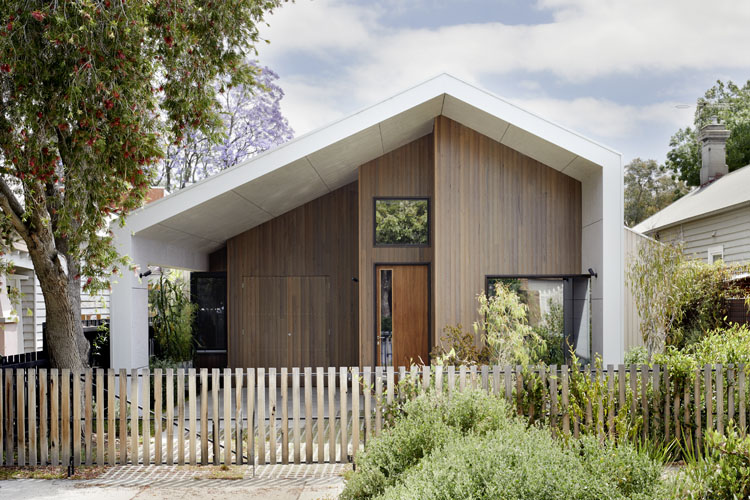Passive Solar Homes: Harnessing Energy for Efficiency

Passive Solar Homes: Harnessing Energy for Efficiency
Passive solar design is a sustainable approach to home architecture that maximizes natural sunlight and minimizes reliance on artificial heating and cooling systems. Explore the principles and benefits of passive solar homes and how they contribute to energy efficiency and environmental sustainability.
Understanding Passive Solar Design:
Passive solar design utilizes the sun’s energy to create a comfortable living environment without active mechanical systems. Key elements include strategic placement of windows, thermal mass, and shading devices to optimize solar gain in the winter and minimize it in the summer. This thoughtful design approach harnesses the sun’s energy passively, reducing the need for conventional heating and cooling.
Strategic Building Orientation:
The orientation of a passive solar home is crucial for its effectiveness. Proper alignment of the building in relation to the sun’s path ensures optimal solar exposure. South-facing windows capture the maximum sunlight during the winter, while effective shading prevents excessive heat gain in the summer. The result is a well-balanced and energy-efficient home throughout the year.
Maximizing Solar Heat Gain:
Passive solar homes maximize solar heat gain by incorporating features like large south-facing windows. These windows allow sunlight to penetrate the interior, warming the living spaces. Thermal mass materials, such as concrete or tile floors, absorb and store this heat, releasing it gradually as the temperature drops, creating a natural and efficient heating system.
Natural Ventilation and Cooling:
Passive solar design also focuses on natural ventilation to cool the home during warmer months. Well-placed windows and vents allow cross-ventilation, promoting air circulation and maintaining a comfortable indoor temperature without the need for air conditioning. This approach reduces energy consumption and enhances the overall sustainability of the home.
Energy-Efficient Glazing and Insulation:
The use of energy-efficient glazing, such as double-pane windows with low-emissivity coatings, enhances the performance of passive solar homes. These windows allow sunlight to enter while minimizing heat loss. Additionally, proper insulation in walls and roofs ensures that the captured heat is retained, reducing the reliance on artificial heating systems.
Incorporating Thermal Mass:
Thermal mass materials play a crucial role in passive solar design. These materials absorb and store heat during the day, releasing it slowly when temperatures drop. Common thermal mass elements include concrete, brick, and tile. Integrating thermal mass into the home’s structure helps stabilize indoor temperatures and contributes to energy efficiency.
Climate Considerations:
Passive solar design is adaptable to various climates, with adjustments made based on regional weather patterns. In colder climates, homes may feature larger windows and increased insulation, while homes in warmer climates focus on effective shading and natural cooling strategies. This flexibility allows passive solar design to be applied globally, catering to diverse environmental conditions.
Environmental and Cost Benefits:
Passive solar homes offer significant environmental benefits by reducing the reliance on fossil fuels for heating and cooling. The decreased energy consumption not only lowers utility bills but also contributes to a smaller carbon footprint. Over time, the initial investment in passive solar design pays off through ongoing energy savings and a more sustainable lifestyle.
Passive Solar Homes at jetdesignhome.my.id:
For more insights into passive solar homes and sustainable living, visit jetdesignhome.my.id. Explore the principles of passive solar design, discover inspiring architectural examples, and learn how this eco-friendly approach can be applied to enhance the energy efficiency of your home.









